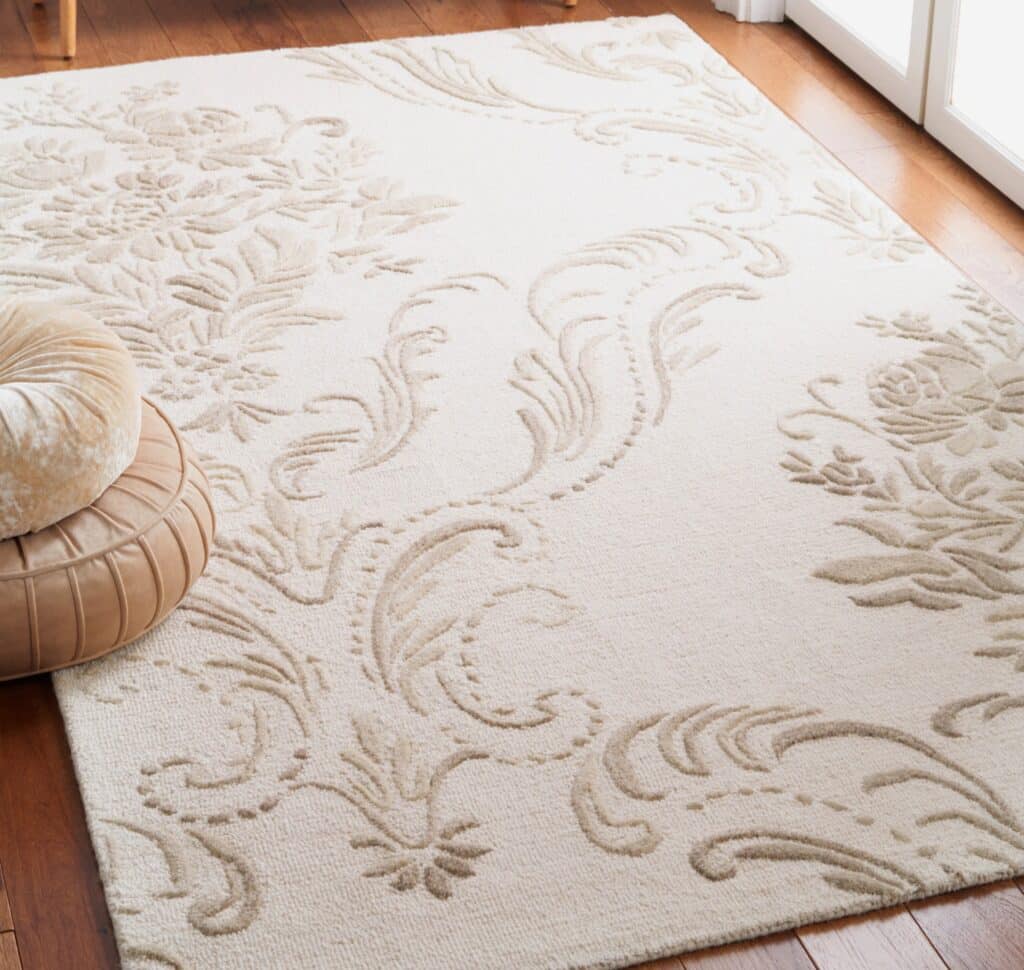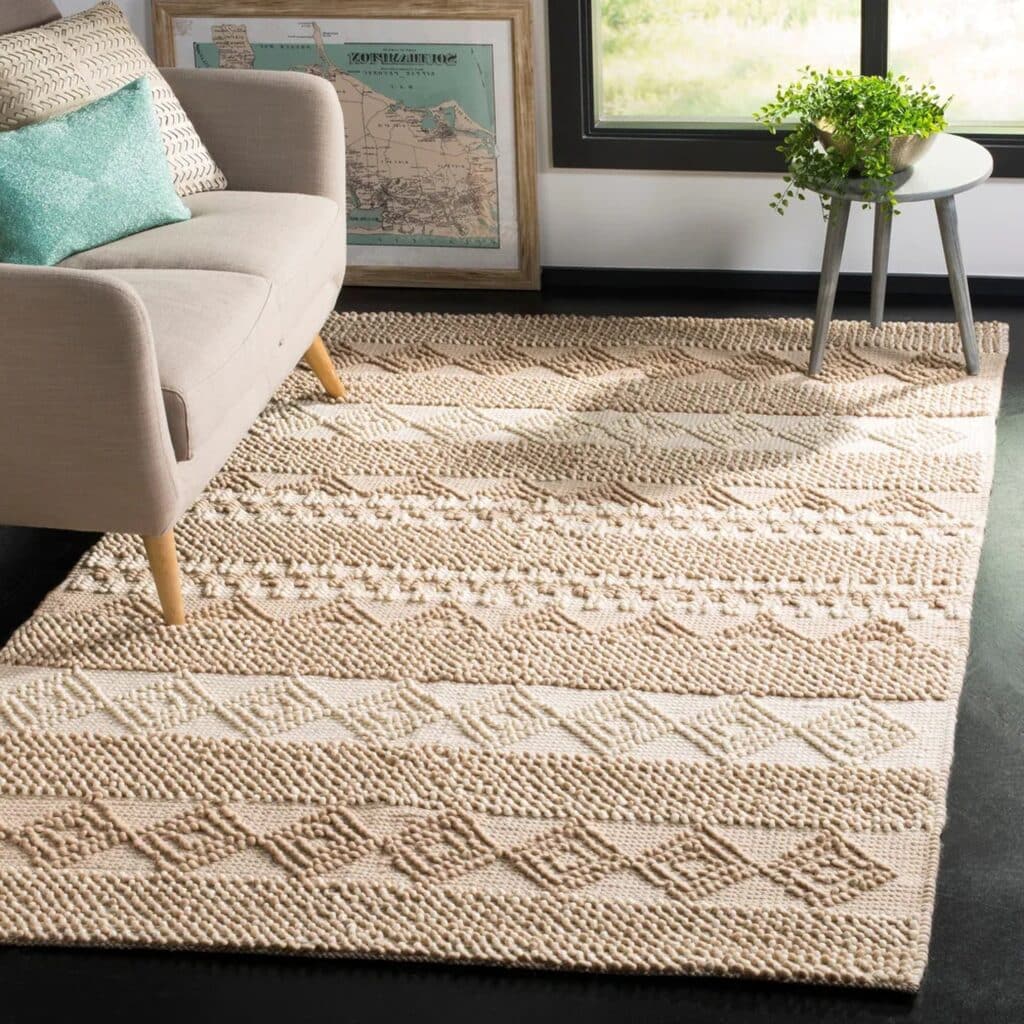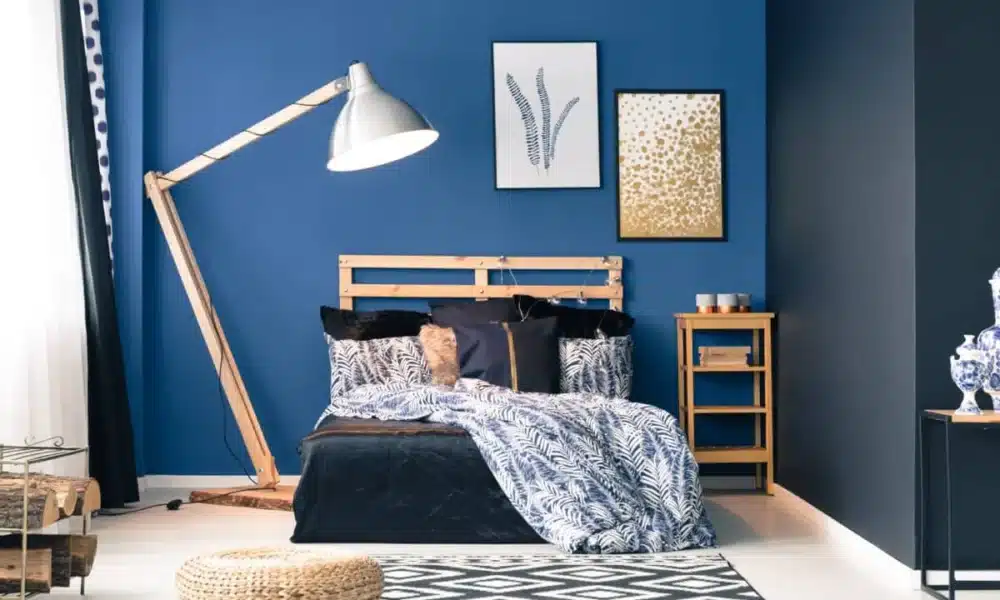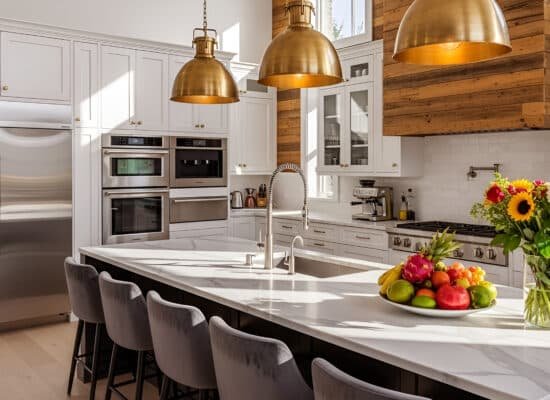Selecting the appropriate size for a rug for bedroom is a fundamental step in achieving a harmonious and functional space. The dimensions of the rug can significantly influence the overall aesthetic and flow of a room. A rug that is too small can make a space feel disjointed, while one that is excessively large may overwhelm the area.
Table Of Content
- Key Takeaways
- Selecting the Perfect Material
- Choosing the Right Material for Your Rug
- Durability and Maintenance Considerations
- Creating the Right Ambiance with Texture and Contrast
- Finding the Perfect Balance
- Finding the Best Style for Your Space
- Incorporating Color and Pattern
- Layering Rugs for Added Texture
- Maintaining and Cleaning Your Rug
- Understanding the Importance of Rug Maintenance
- Regular Cleaning Techniques for Rugs
- Addressing Spills and Tough Stains
- Establishing a Maintenance Routine
- Enhancing Comfort and Coziness
- FAQs
- What are the benefits of having a rug in the bedroom?
- What size rug is best for a bedroom?
- What materials are best for bedroom rugs?
- How do I clean and maintain a rug in the bedroom?
- Can a rug help with allergies in the bedroom?
To determine the ideal size, it is essential to consider the layout of the room and the arrangement of furniture. For instance, in a living room, a common guideline is to ensure that at least the front legs of all major seating pieces rest on the rug. This creates a cohesive look and helps to define the seating area, making it feel more inviting and intimate.
Moreover, measuring the space before making a purchase is crucial. It is advisable to use painter’s tape to outline the desired rug dimensions on the floor, allowing you to visualize how it will fit within the room. This method can help you avoid the common pitfall of purchasing a rug that appears perfect in the store but feels out of place in your home.
Additionally, consider the purpose of the room when selecting a size. In high-traffic areas, such as hallways or entryways, a runner may be more appropriate, while larger spaces like dining rooms may benefit from oversized rugs that can accommodate tables and chairs comfortably. Ultimately, choosing the right size is about balancing aesthetics with functionality to create a space that feels both stylish and practical.
Key Takeaways
- When choosing the right size rug, make sure it fits the dimensions of the room and leaves a border of flooring exposed.
- Select a material that suits your lifestyle and the room’s function, such as durable wool for high-traffic areas or soft silk for a luxurious feel.
- Consider the style of your space when choosing a rug, whether it’s a traditional Persian rug for bedroom or a modern geometric design.
- Incorporate color and pattern into your rug to add visual interest and tie the room’s decor together.
- Layering rugs can add texture and depth to a room, especially when using contrasting materials and patterns.
- Regularly maintain and clean your rug for bedroom to prolong its lifespan and keep it looking fresh and inviting.
- Enhance the comfort and coziness of your space by adding a plush rug that feels soft underfoot.

Selecting the Perfect Material
Choosing the Right Material for Your Rug
The material of a rug plays a crucial role in its durability, comfort, and overall appearance. When selecting a rug, it is essential to consider where it will be placed and how much foot traffic it will endure. For instance, natural fibers such as wool and cotton are often favored for their softness and resilience, making them ideal for living rooms and bedrooms where comfort is paramount.
Durability and Maintenance Considerations
Wool rugs are particularly renowned for their ability to withstand wear and tear while providing warmth underfoot. On the other hand, synthetic materials like nylon or polyester can offer excellent stain resistance and are often easier to clean, making them suitable for high-traffic areas or homes with pets. In addition to durability, the texture of the material can significantly impact the ambiance of a room.
Creating the Right Ambiance with Texture and Contrast
A plush shag rug for bedroom can evoke a sense of coziness and luxury, while a flatweave rug may lend a more casual and contemporary feel. It is also worth considering how the material interacts with other elements in your space. For example, if your home features a lot of wooden furniture or flooring, a natural fiber rug can create a beautiful contrast that enhances the overall aesthetic.
Finding the Perfect Balance
Ultimately, selecting the perfect material involves balancing practicality with personal style, ensuring that your choice complements both your lifestyle and your design vision.

Finding the Best Style for Your Space
The style of a rug for bedroom can serve as a focal point or an understated complement to your decor, making it essential to choose one that aligns with your overall design theme. From traditional Persian patterns to modern geometric designs, the options are virtually limitless. When selecting a style, consider the existing elements in your space, such as furniture, wall colors, and artwork.
A bold, vibrant rug can inject energy into a neutral room, while a subtle pattern may enhance an already colorful space without overwhelming it. It’s important to strike a balance between your rug’s style and the other components of your decor to create a cohesive look. Additionally, think about how the style of your rug reflects your personal taste and lifestyle.
If you prefer a minimalist aesthetic, you might gravitate towards solid colors or simple patterns that evoke tranquility and simplicity. Conversely, if you enjoy eclectic decor, you may opt for rugs with intricate designs or rich textures that tell a story. The key is to choose a style that resonates with you while also considering how it will interact with other design elements in your home.
By thoughtfully selecting a rug that aligns with both your aesthetic preferences and functional needs, you can create an inviting atmosphere that feels uniquely yours.
Incorporating Color and Pattern
| Category | Metrics |
|---|---|
| Color | Number of different colors used |
| Pattern | Percentage of space covered by patterns |
| Visual Impact | Subjective rating of visual appeal |
Color and pattern are powerful tools in interior design, capable of transforming a space from mundane to extraordinary. When incorporating these elements into your rug selection, consider how they will interact with your existing color palette and furnishings. A vibrant rug can serve as an eye-catching centerpiece in an otherwise neutral room, drawing attention and creating visual interest.
Alternatively, if your space is already filled with bold colors or patterns, you might opt for a more subdued rug that provides balance without competing for attention. The key is to create harmony within your space by thoughtfully considering how colors and patterns work together. Moreover, patterns can evoke different moods and styles within a room.
Geometric designs often lend a modern touch, while floral motifs can introduce a sense of warmth and nostalgia. Stripes can elongate a space visually, making them an excellent choice for smaller rooms or hallways. When selecting colors, consider not only how they complement your existing decor but also how they make you feel.
Warm tones like reds and oranges can create an inviting atmosphere, while cool tones like blues and greens may evoke calmness and serenity. By carefully incorporating color and pattern into your rug for bedroom choice, you can enhance the overall ambiance of your home while expressing your unique style.
Layering Rugs for Added Texture
Layering rugs is an innovative way to add depth and texture to your space while also allowing for greater creativity in design. This technique involves placing one rug on top of another to create visual interest and dimension. For instance, pairing a larger neutral jute or sisal rug with a smaller patterned or colorful area rug can create an inviting focal point in any room.
This approach not only enhances the aesthetic appeal but also provides practical benefits; layering rugs can help protect flooring from wear and tear while adding warmth underfoot. When layering rugs, it’s essential to consider scale and proportion to ensure that the combination feels intentional rather than chaotic. Mixing different textures—such as combining a plush shag rug with a flatweave—can create an engaging contrast that draws the eye.
Additionally, be mindful of color coordination; while contrasting colors can be striking, they should still harmonize with the overall palette of your space. Layering rugs also allows for flexibility; you can easily switch out one layer for another seasonally or whenever you desire a change in decor without committing to an entirely new rug. This versatility makes layering an appealing option for those who enjoy experimenting with their interior design.

Maintaining and Cleaning Your Rug
Understanding the Importance of Rug Maintenance
Proper maintenance and cleaning are crucial for preserving the beauty and longevity of your rugs. Different materials require different care techniques; for instance, wool rugs may need professional cleaning every few years due to their delicate fibers, while synthetic rugs can often be cleaned with mild soap and water at home.
Regular Cleaning Techniques for Rugs
Regular vacuuming is essential regardless of material; it helps remove dirt and debris that can accumulate over time and cause wear on the fibers. For high-traffic areas or homes with pets, consider using a vacuum cleaner equipped with a beater bar to effectively lift dirt from deeper within the pile.
Addressing Spills and Tough Stains
In addition to regular cleaning routines, addressing spills promptly is vital in preventing stains from setting in. Blotting spills with a clean cloth rather than rubbing them can help lift stains without damaging the fibers. For tougher stains, consult care instructions specific to your rug’s material or seek professional cleaning services when necessary.
Establishing a Maintenance Routine
By establishing a consistent maintenance routine tailored to your rug’s needs, you can ensure that it remains vibrant and beautiful for years to come.
Enhancing Comfort and Coziness
Rugs play an integral role in enhancing comfort and coziness within any living space. The tactile experience of walking on a soft rug can transform an otherwise cold or hard floor into an inviting sanctuary where one feels at ease. In areas such as living rooms or bedrooms where relaxation is paramount, opting for plush materials like shag or high-pile rugs can create an atmosphere of warmth and comfort that encourages lounging or gathering with loved ones.
Additionally, rugs can help insulate against cold floors during winter months, making them not only aesthetically pleasing but also functional. Beyond their physical comfort, rugs contribute significantly to the overall ambiance of a room by defining spaces and creating zones within open floor plans. A well-placed area rug can delineate different areas—such as dining spaces or reading nooks—while adding an element of coziness that invites people to settle in and enjoy their surroundings.
Layering rugs or incorporating various textures can further enhance this feeling of comfort by creating visual interest that draws people in. Ultimately, investing in quality rugs not only elevates your decor but also enriches your living experience by fostering an environment where comfort reigns supreme.
If you’re considering updating your bedroom with a new rug, you might also be thinking about other renovations around your home. For inspiration on how to enhance other areas, particularly your kitchen, check out this helpful article on 22 Kitchen Update Renovation Ideas. It offers a variety of tips and trends that can help you transform your kitchen space effectively, complementing the new look you’re planning for your bedroom with the perfect rug.
FAQs
What are the benefits of having a rug in the bedroom?
Rugs in the bedroom can add warmth, comfort, and style to the space. They can also help reduce noise and provide a soft surface for walking.
What size rug is best for a bedroom?
The size of the rug for a bedroom depends on the size of the room and the layout of the furniture. A common choice is to have a rug that extends at least 18-24 inches beyond the sides of the bed.
What materials are best for bedroom rugs?
Soft and cozy materials such as wool, cotton, or synthetic fibers are popular choices for rug for bedroom. These materials provide comfort and warmth underfoot.
How do I clean and maintain a rug in the bedroom?
Regular vacuuming and spot cleaning are important for maintaining a rug for bedroom. Depending on the material, professional cleaning may also be necessary.
Can a rug help with allergies in the bedroom?
Rugs can potentially trap dust and allergens, so it’s important to choose a rug that is easy to clean and maintain. Some people with allergies may prefer to avoid rugs in the bedroom altogether.












